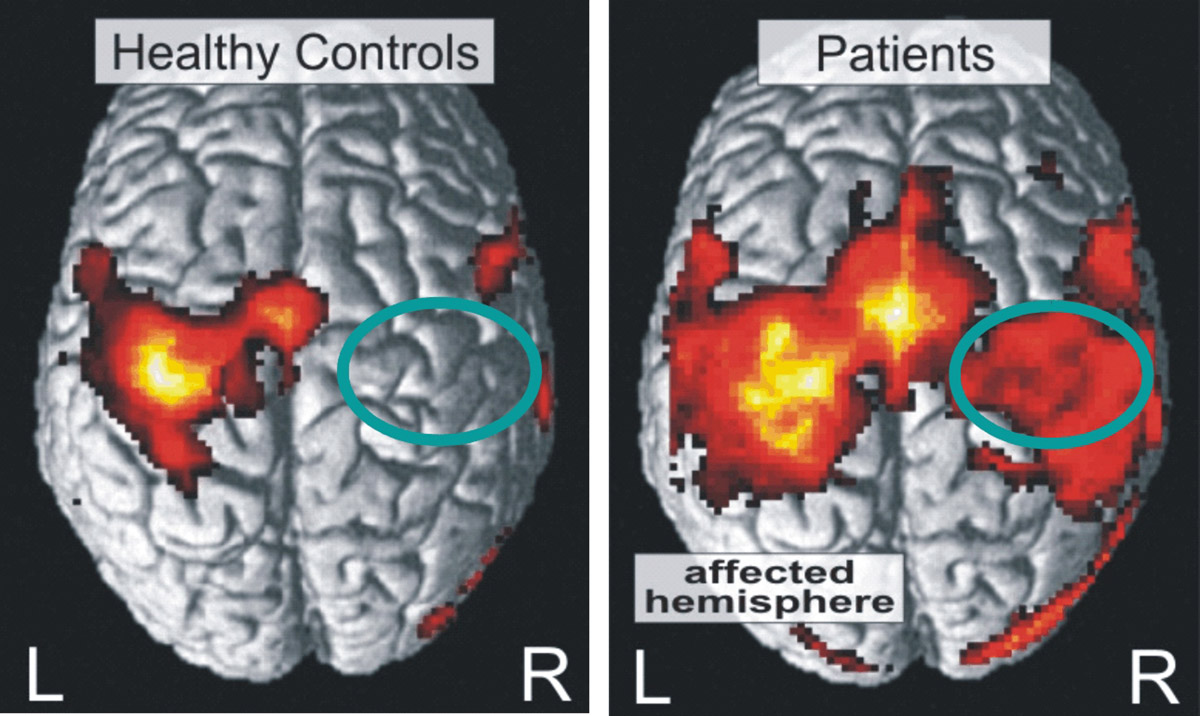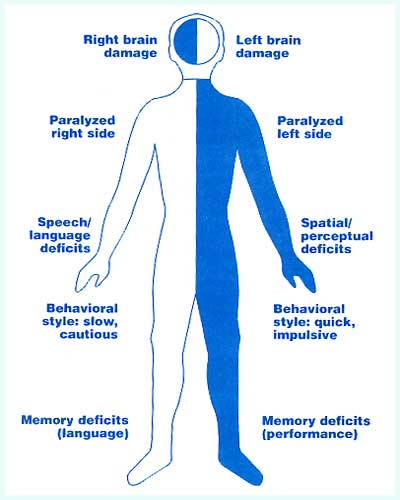
The sooner a person receives treatment for a stroke, the less damage is likely to happen.Ī TIA is a temporary interruption of blood flow to part of the brain, spinal cord or retina, which may cause stroke-like symptoms but does not damage brain cells or cause permanent disability.Strokes are a medical emergency and urgent treatment is essential.A stroke is a serious life-threatening medical condition.
#MINI STROKE AFTER EFFECTS FULL#
On the other hand, in a full stroke, the blood flow to your brain is disrupted for much longer, leading to more severe damage to the brain and longer-term problems. The risk of stroke is especially high within 48 hours after a TIA. About 1 in 3 people who has a TIA goes on to experience a subsequent stroke. A transient ischemic attack (TIA) can serve as both a warning and an opportunity - a warning of an impending stroke and an opportunity to take steps to prevent it.The TIA effects often only last for a few minutes or hours and fully resolve within 24 hours. In TIAs, the blockage quickly resolves (transient or brief) and your brain’s blood supply returns to normal before there’s any significant damage. This interruption in the flow of blood to the brain means it can’t carry out some of its normal functions properly, leading to symptoms such as slurred speech and weakness. Transient ischemic attacks (TIAs) occur when one of the blood vessels that supply your brain with oxygen-rich blood becomes blocked. Tackling the things you can change will help to lower your risk of having a TIA, or reduce your chances or having a full stroke in the future.

Smoking and alcohol – smoking and/or regularly drinking excessive amounts of alcohol can increase your TIA risk.Weight and diet – your risk of having a TIA is higher if you’re overweight and/or have an unhealthy diet high in fat and salt.Medical history – other health conditions such as diabetes can increase your risk of a TIA.Ethnicity – people of south Asian, African or Caribbean descent have a higher TIA risk, partly because rates of high blood pressure are higher in these groups.


They can determine whether to refer you for a hospital assessment.

If you think you may have had a TIA previously, but the symptoms have passed and you didn’t seek medical advice at the time, make an urgent appointment with your doctor.


 0 kommentar(er)
0 kommentar(er)
